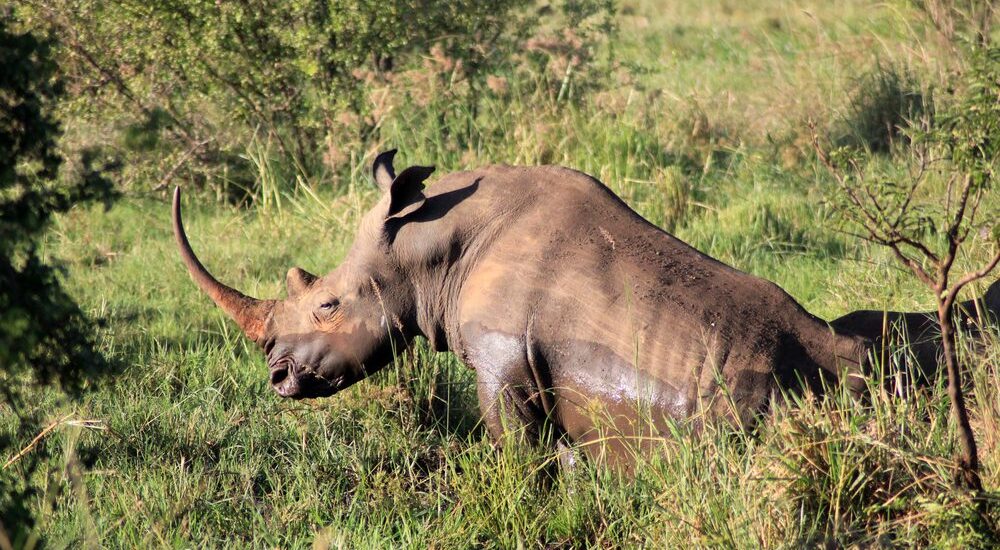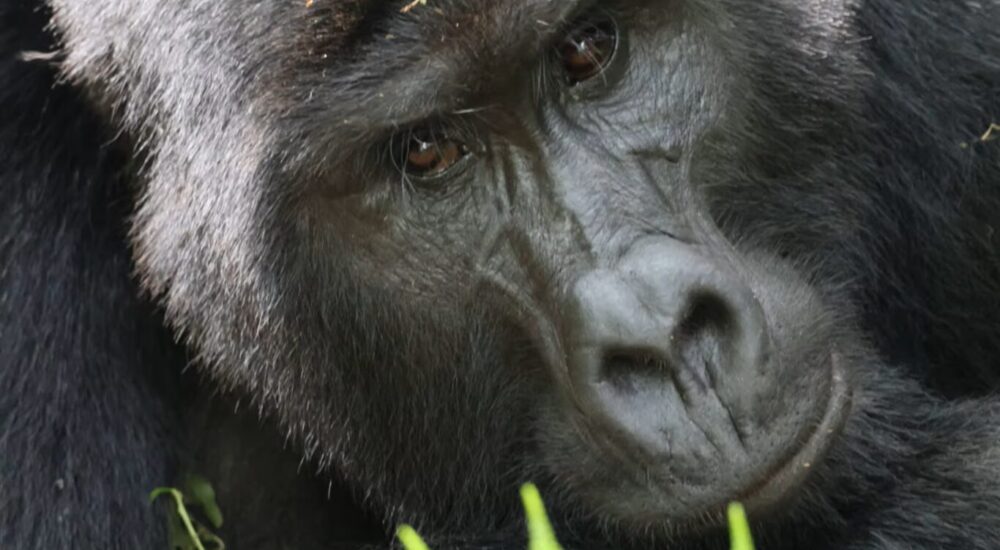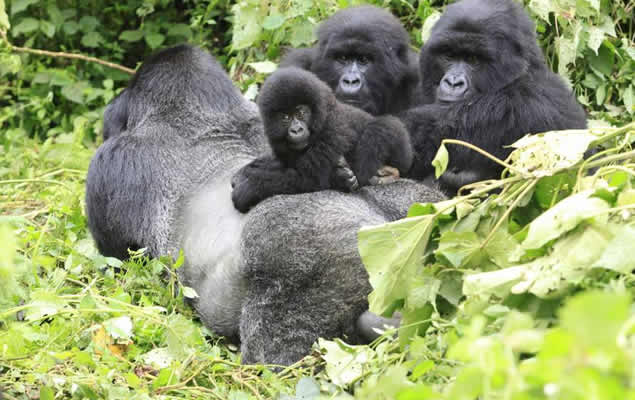Uganda, often called the "Pearl of Africa," is a land of breathtaking natural beauty, with…
What parents need to know before taking their kids gorilla trekking.
What parents need to know before taking their kids gorilla trekking.
Gorilla trekking is an unforgettable adventure that offers a unique opportunity to connect with nature and observe one of the world’s most endangered species up close. While it can be an enriching experience for the whole family, there are several important considerations parents should be aware of before taking their kids on a gorilla trekking adventure in Rwanda or Uganda. Here’s a comprehensive guide to help you prepare for this once-in-a-lifetime family journey.
1. Age Requirements and Restrictions
One of the first things parents need to know is that there are strict age requirements for gorilla trekking. In both Uganda and Rwanda, the minimum age for participating in gorilla trekking is 15 years. This age limit is set to ensure the safety of both the children and the gorillas, as well as to meet the physical demands of the trek. Younger children are generally not allowed on these treks because the terrain can be challenging, and the behavior expected in the presence of gorillas is critical for the safety of all parties involved.
If your children are below the minimum age, consider other wildlife and nature activities suitable for younger kids, such as visiting primate sanctuaries, embarking on nature walks, or exploring other family-friendly safari options.
2. Assessing Physical Fitness and Preparedness
Gorilla trekking can be physically demanding, with hikes lasting anywhere from 1 to 6 hours depending on the location of the gorilla families and the group’s pace. The trek involves navigating through dense forests, steep slopes, and potentially muddy terrain, which can be tiring even for adults.
Before planning the trip, assess your child’s physical fitness and ability to handle such conditions. Preparing through regular hikes, walks, or other outdoor activities can help build stamina. It’s also important to pack appropriately, ensuring your kids have comfortable hiking boots, rain gear, and clothing suitable for variable weather conditions.
3. Health Precautions and Safety Measures
Health and safety are paramount when taking kids on a gorilla trek. Here are some key considerations:
Ensure your children are up to date with vaccinations, including those recommended for travel to East Africa, such as yellow fever and routine immunizations. Malaria prophylaxis is also advised since both Uganda and Rwanda are malaria-endemic areas.
![]()
Equip your kids with essentials such as insect repellent, sunscreen, hats, and a first-aid kit. Make sure they have enough water to stay hydrated and energy snacks to maintain stamina during the trek.
Pay close attention to the safety briefing provided by your guides. Kids should understand the rules of the trek, including how to behave around the gorillas—remaining quiet, keeping a safe distance, and not making sudden movements.
4. Emotional Preparedness and Behavioral Expectations
Observing gorillas in their natural habitat can be an awe-inspiring and emotional experience, but it’s essential that children are prepared for what to expect. Gorillas are wild animals, and while habituated to human presence, they can still be unpredictable.
Kids need to be calm, composed, and follow the guide’s instructions at all times. This includes not approaching gorillas too closely, refraining from loud noises, and avoiding direct eye contact, which can be perceived as threatening by gorillas.
Use this opportunity to educate your children about wildlife conservation. Help them appreciate the importance of protecting gorillas and their habitats, and explain how their behavior on the trek can contribute to the preservation efforts.
5. Setting Realistic Expectations
Gorilla trekking is not a guaranteed encounter, and it’s essential to set realistic expectations for your kids. The experience involves tracking gorillas in the wild, and while guides are skilled at finding them, sightings can never be 100% certain. Preparing your children for the possibility of a long trek without immediate rewards can help manage their expectations.
Also, emphasize the value of the journey itself—the excitement of tracking signs, learning about the forest ecosystem, and experiencing the beauty of the environment. The trek offers a great learning opportunity about the natural world, patience, and the importance of protecting wildlife.
6. Alternative Activities for Younger Siblings
If you have younger children who are not old enough for gorilla trekking, consider including alternative activities in your itinerary. Many lodges and tour operators offer kid-friendly activities such as nature walks, bird watching, visits to local communities, or cultural performances that provide engaging and educational experiences.
Taking your kids gorilla trekking in Uganda or Rwanda can be an incredible family adventure that fosters a love for nature and wildlife conservation. However, it requires careful planning and consideration of age restrictions, physical demands, and health and safety precautions.
By preparing adequately and setting appropriate expectations, you can ensure that the experience is not only safe and enjoyable but also an inspiring journey that creates lifelong memories and a deeper appreciation for our planet’s incredible wildlife.


